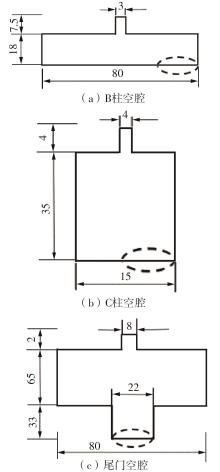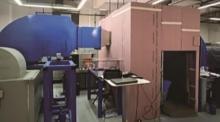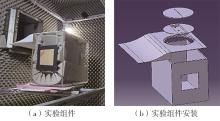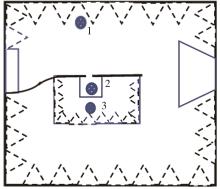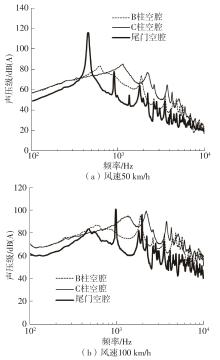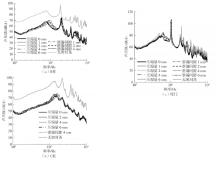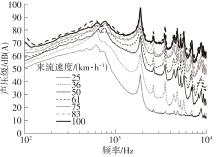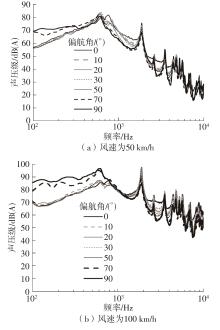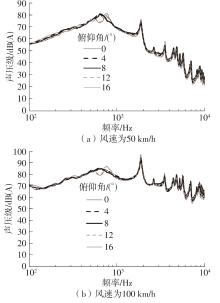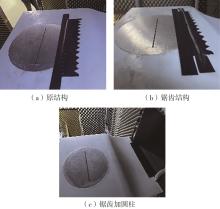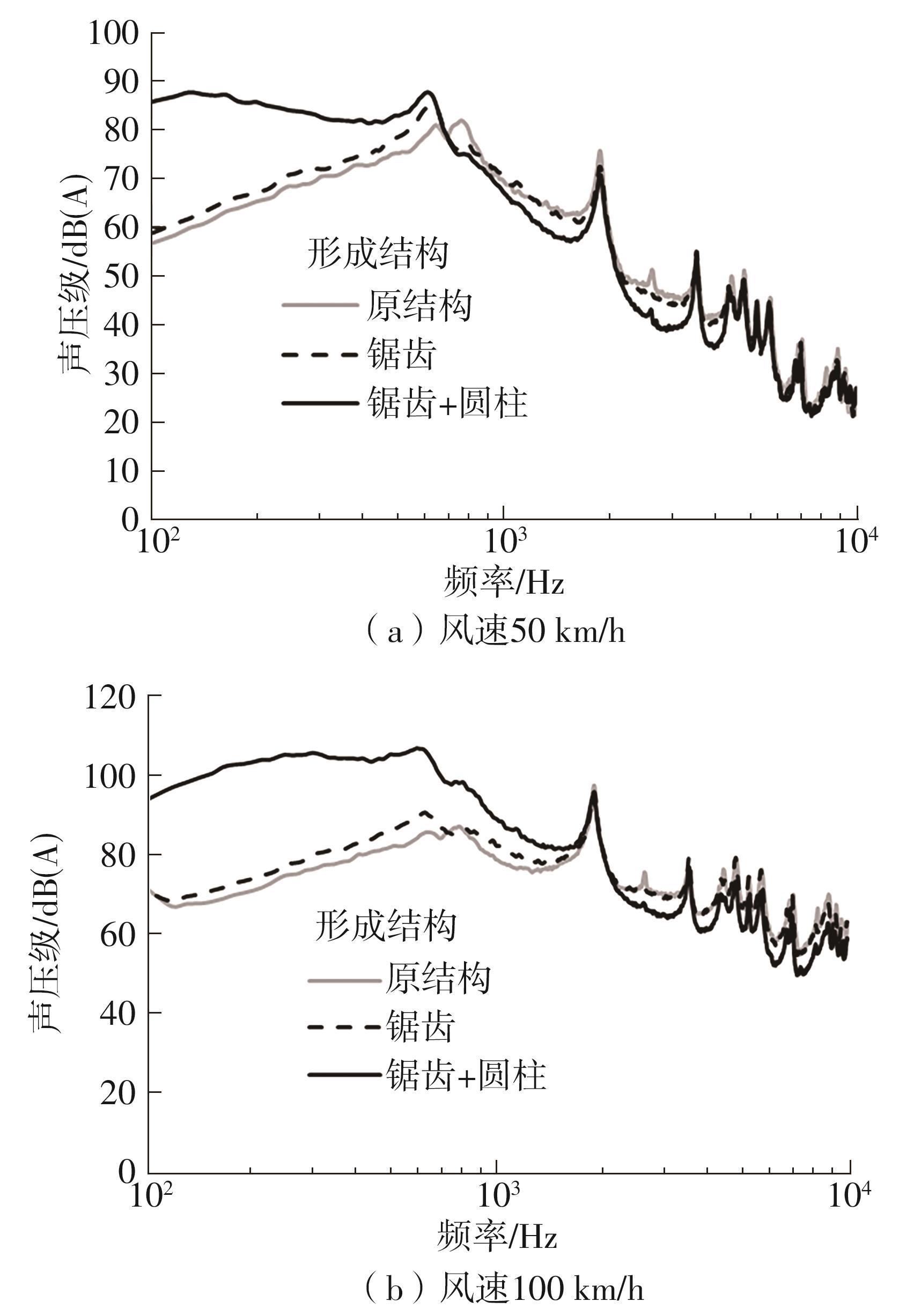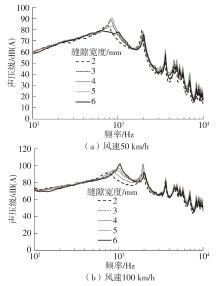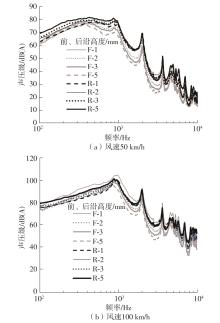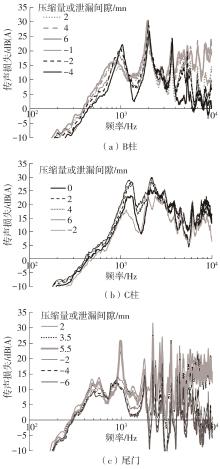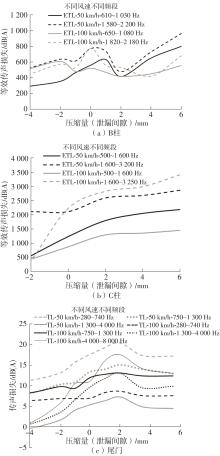| 1 |
SAHA P, MYERS R D .Importance of sealants for interior noise control of automobiles[C]∥Proceeding of the SAE Technical Paper 920412.[S.l.]:[s.n.],1992:1-10.
|
| 2 |
GUR Y, MORMAN K N, SINDH N .Analysis of door and glass run seal systems for aspiration[C]∥Proceeding of the SAE Paper 971902.[S.l.]:[s.n.],1997:255-270.
|
| 3 |
徐世文,王毅刚,杨小禹,等 .汽车车门密封结构的传声实验研究[J].声学技术,2021,40(3):385-392.
|
|
XU Shi-wen, WANG Yi-Gang, YANG Xiao-yu,et al. Experimental research on sound transmission of car door sealing structure [J].Technical Acoustics,2021,40(3):385-392.
|
| 4 |
ROCKWELL D, NAUDASCHER E .Review-self-sustaining oscillations of flow past cavities[J].Asme Transactions Journal of Fluids Engineering,1978,100(2):152-165.
|
| 5 |
KOMERATH N M, AHUJA K K, CHAMBERS F W,et al .Prediction and measurement of flows over cavities-a survey[C]∥Proceeding of the AIAA Paper,25th AIAA Aerospace Sciences Meeting. Reno:AIAA,1987:166.
|
| 6 |
顾晓卓 .某MPV前门区域风噪啸叫与密封优化分析[J].应用声学,2024(2):308-314.
|
|
GU Xiao-zhuo .Analysis of wind noise and seal optimization in front door area of an MPV[J].Journal of Applied Acoustics,2024(2):308-314.
|
| 7 |
MONGEAU L, BEZEMEK J, DANFORTH R .Pressure fluctuations in a flow-excited door gap cavity model[C]∥Proceedings of the SAE Paper 971923.[S.l.]:SAE International,1997:2723-2729.
|
| 8 |
HENDERSON B S .Category 5:sound generation in viscous problems[C]∥Proceeding of the Fourth Computational Aeroacoustics (CAA) Workshop on Benchmark Problems 2004.Ohio:[s.n.],2004:71-77.
|
| 9 |
WANG Z K, GEORGI D, LAI C H,et al .Numerical simulation of flow-induced cavity noise in self-sustained oscillations[J].Computing and Visualization in Science,2007,10(3):123-134.
|
| 10 |
ROSSITER J E .Wind tunnel experiments on the flow over rectangular cavities at subsonic and transonic speeds [R].Farnborough:Royal Aircraft Establishment,1964.
|
| 11 |
MA R, SLABOCH P E, MORRIS S C .Fluid mechanics of the flow-excited Helmholtz resonator[J].Journal of Fluid Mechanics,2009,623:1-26.
|
| 12 |
ELDER S A, FARABEE T M, DEMETZ F C,et al .Mechanisms of flow-excited cavity tones at low Mach Number[J].Journal of Acoustical Society of America,1982,72(2):532-549.
|
| 13 |
LU W, LIN P, GUO H,et al .Flow parameters in dominant mode selection of self-excited oscillation in slat coves[J].AIAA Journal,2021,59 (8):3195-3208.
|
| 14 |
PARK J, SIEGMUND T, MONGEAU L .Sound transmission through elastomeric bulb seals[J].Journal of Sound and Vibration,2004,259(2):299-322.
|
| 15 |
PENG C, MA M .An investigation into the effect of door seals on noise generated in the passenger compartment[J].ImechE,1998,C521/1020:335-344.
|
| 16 |
GUR Y, MORMAN K N .Sound transmission analysis of vehicle door sealing system[C]∥Proceedings of the 1999 SAE Noise & Vibration Conference.Warrendale:[s.n.],1999:1187-1196.
|
| 17 |
李奇,白长安,王勇 .汽车车门密封条隔声性能仿真分析方法介绍[J].声学技术,2014,33(S2):281-284.
|
|
LI Qi, BAI Chang-an, WANG Yong .Introduction of sound insulation performance simulation of vehicle door seals [J].Technical Acoustics,2014,33(S2):281-284.
|
| 18 |
王晓军 .汽车车内噪声与车身密封性的关系探讨[J].北京汽车,2011(2):30-32,35.
|
|
WANG Xiao-Jun .Exploration of the relationship between automotive interior noise and body sealing[J].Beijing Automotive,2011(2):30-32,35.
|
| 19 |
孙飞,梁波,刘建伟,等 .汽车车门密封性能控制与风噪声改善[J].噪声与振动控制,2015,35(2):82-86.
|
|
SUN Fei, LIANG Bo, LIU Jian-wei,et al .Seal performance control of automobile doors and wind noise reduction of vehicle[J].Noise and Vibration Control,2015,35(2):82-86.
|
| 20 |
YANG Z G, YU H S, WANG Y G,et al .Application of immersed boundary-lattice boltzmann method in failure of automobile door sealing strip[J].Journal Automobile Engineering,2024,238(1):187-197.
|
| 21 |
LIU Y, LIU P Q, GUO H,et al . Investigation of the dominant rossiter modal tones at the locked-on state [J].Journal of Sound and Vibration,2023,556:117741/1-21.
|
| 22 |
WITTICH D .J,ALAN C B,JUMPER E,et al.Strong flow-acoustic resonances of rectangular cavities [J].Aeroacoustics,2011,10(2/3):277-294.
|
| 23 |
DALMONT J P, EDERVEEN C J N, OLY N J .Radiation impedance of tubes with different flanges:numerical and experimental investigations [J].Journal of Sound and Vibration,2001,244(3):505-534.
|
| 24 |
RONALD L .PANTON,JOHN M M.Resonant frequencies of cylindrical Helmholtz resonators [J].Journal of the Acoustical Society of America,1975,57:1533-1535.
|
 ), 王毅刚1,3, 俞悟周4(
), 王毅刚1,3, 俞悟周4( ), 彭紫宁1,3, 宋俊2, 叶斌2
), 彭紫宁1,3, 宋俊2, 叶斌2
 ), WANG Yigang1,3, YU Wuzhou4(
), WANG Yigang1,3, YU Wuzhou4( ), PENG Zining1,3, SONG Jun2, YE Bin2
), PENG Zining1,3, SONG Jun2, YE Bin2
